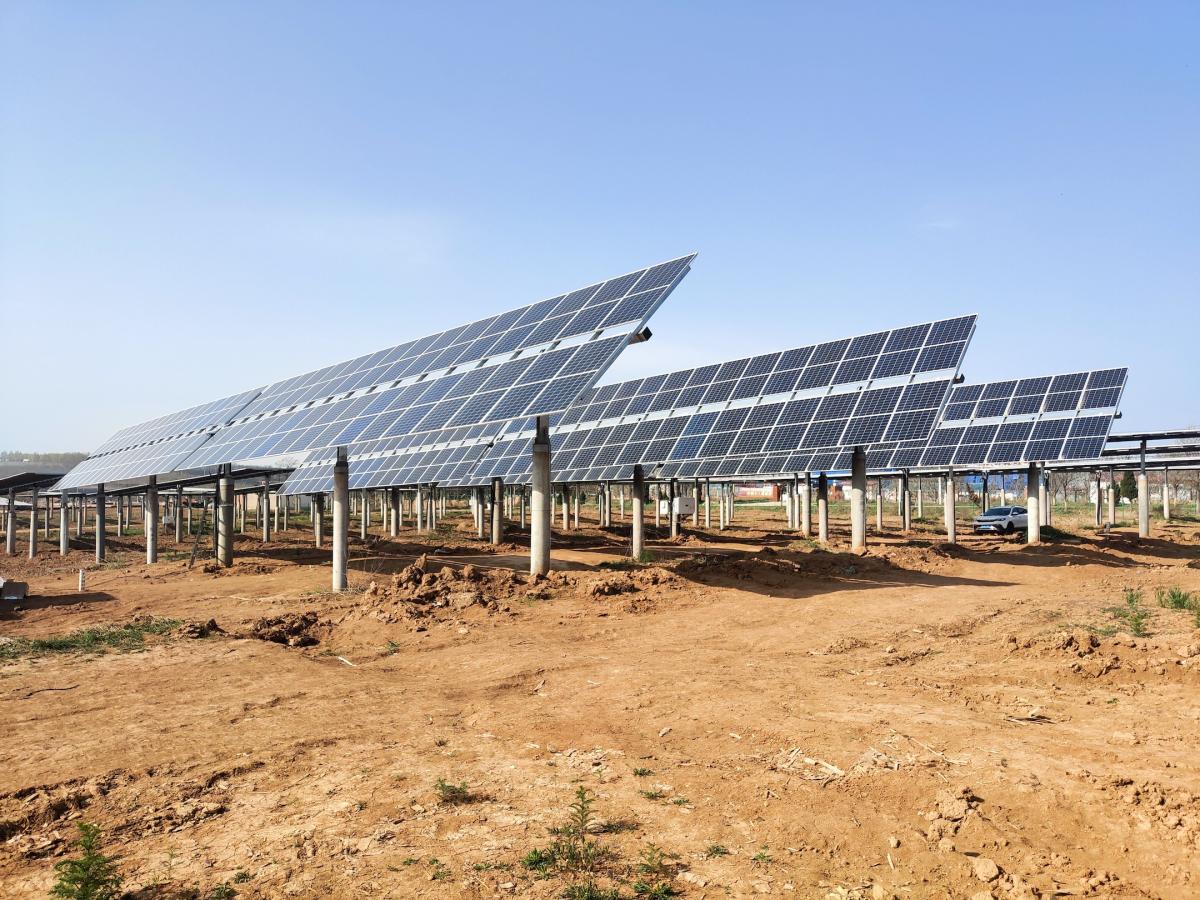2020 US solar expansion forecast to be the highest annual increase to date
As we approach the end of 2020, we wanted to reflect on the state of the solar industry. Despite a tumultuous year, solar has remained resilient, with growing appeal and plunging costs.
Although there’s still plenty of work to do to bring clean, renewable energy to the U.S. and the world, it’s always good to look at where we’ve been before moving forward.
Solar growth has surged with no slowdown in sight
The growth of total installed solar capacity has been staggering. The main new source of electrical generating capacity overwhelmingly comes from renewable sources.
Through the first eight months of 2020, more than 63 percent of new utility-scale capacity came from renewables, including solar, according to the Federal Energy Regulatory Commission (FERC). Renewables now account for 23.2 percent of the nation’s total available installed generating capacity, with 13.3 of that just from solar and wind.
To put this in perspective, ten years ago, total cumulative U.S. installed solar capacity sat at around 550 megawatts of direct current (MWdc). By the end of 2020, SEIA estimates total installed capacity to reach nearly 60,000 MWdc. Comparatively, solar only accounted for 4 percent of all new electric capacity added in 2010.
Global overall energy demand will decline 5 percent in 2020 because of the pandemic, according to the International Energy Agency (IEA). However, unprecedented US solar PV expansion of almost 17 GW is forecasted for the year, the highest annual increase to date. Utility-scale projects, with 3.9 GW more additions than in 2019. This growth in the face of an otherwise slumping sector further demonstrates the resiliency of the solar energy sector.
Analysts further forecast renewable sources of energy to expand nearly 50 percent in the next five years. By 2025, solar, wind and hydroelectric sources combined are expected to surpass coal as the world’s largest source of electric power.
Utility-scale solar drives U.S. solar growth
Behind the solar industry’s surging decade, utility-scale solar installations have been the main driver for this steady expansion. The sector accomplished this steady growth due to a 70 percent decline in costs during the past ten years.
This has allowed the sector to grow from roughly 266 MWdc of installed capacity to more than 31,000 MWdc of utility-scale. The country now has around 3,000 utility-scale solar plants after having only a couple dozen utility-scale solar plants operating in 2010. This surge in capacity can now power up to 13.5 million homes, a dramatic increase from the roughly 770,000 homes just ten years ago.

U.S. businesses pursue decarbonization goals
Companies and governments across the country continue to pursue robust decarbonization initiatives. Due to their range of benefits, solar PV systems are serving as a major component for reaching these goals. While discretionary spending at companies might be down in 2020, these organizations will remain committed to their decarbonation pledges.
U.S. businesses have installed more than 8,300 MW of solar through 2019. Overall, there is 15 times more solar capacity installed by American businesses today than there was a decade ago. Ten years ago, the country had roughly 336 MWdc of non-residential installed PV capacity, and this number has swelled to more 15,000 MWdc.
Record number of U.S. homeowners considering rooftop solar
Now more than ever before, U.S. homeowners are considering installing rooftop solar PV systems. With employees working from home and many states with shelter-in-place orders, home energy use has jumped across the country. This has many homeowners looking to solar as a solution.
A survey conducted by Pew Research Center toward the end of 2019 found that 46 percent of homeowners have given serious thought to installing rooftop solar panels. A jump of 6 percent from 2016. With only 6 percent of homeowners saying they already have solar panels installed on their roofs, this should provide a great opportunity for residential solar installers in the coming years.
Even without this shift in energy patterns, homeowners had already been flocking to rooftop solar. After only having 245 MWdc of residential solar capacity installed ten years ago, the number now sits at 12,591 MWdc.
Despite the pandemic, solar financing remains strong
One of the clearest indicators of a bustling market, solar financing continues to attract investors for new projects. According to the American Council on Renewable Energy (ACORE), investors remain as confident in renewable energy growth over the next three years (on average), as they were in 2018 and 2019.
In addition, solar projects are now starting to attract institutional investors. This interest emphasizes just how stable solar returns have become, since institutional investors are typically conservative with their portfolios.
As we’re at the dawn of a new decade, solar couldn’t be in a better position to maintain this strong growth throughout the next 10 years and beyond.








